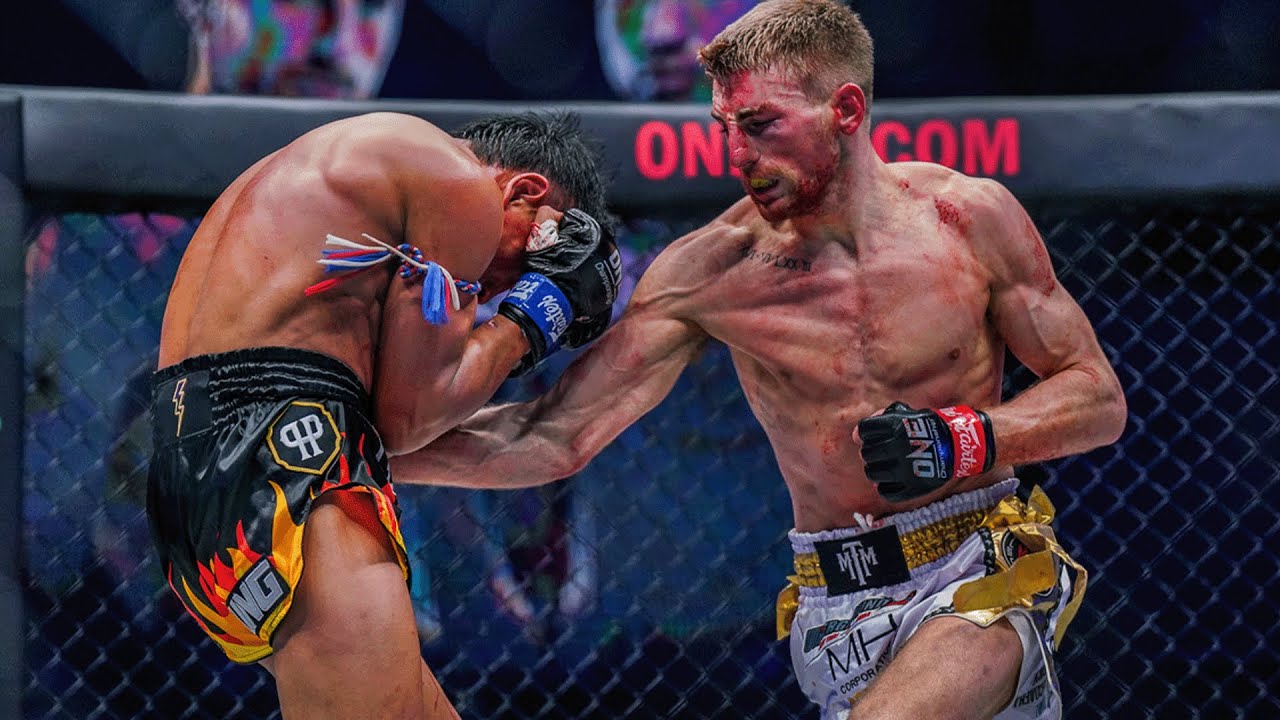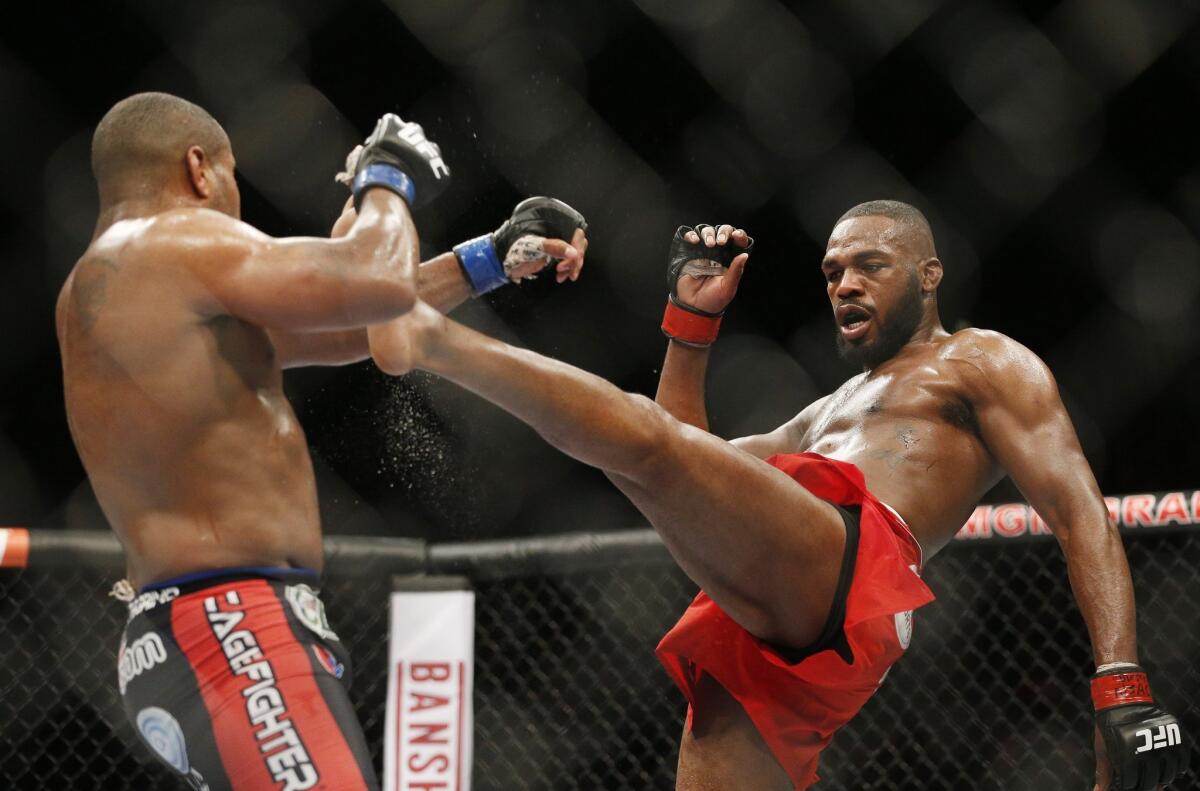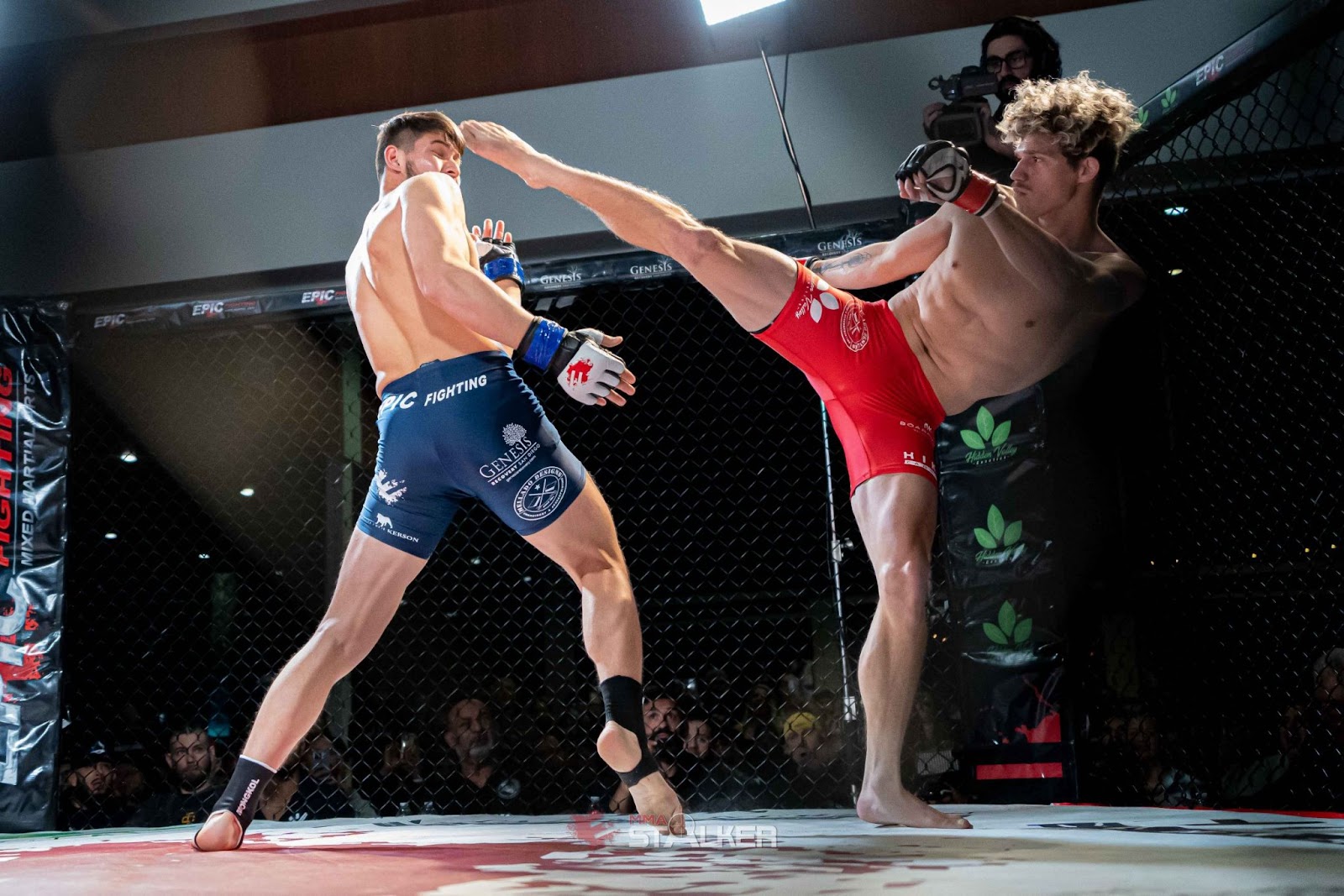Introduction:
Welcome to the thrilling world of Mixed Martial Arts (MMA), where striking plays a pivotal role in determining the outcome of a fight. Whether you’re a seasoned martial arts enthusiast, a beginner eager to learn, or an instructor seeking to enhance your students’ skills, mastering striking techniques is essential. In this comprehensive guide, we’ll delve into the art of striking in MMA, focusing on its nuances, techniques, and importance. Whether you’re throwing your first punch or refining your advanced striking skills, this blog post has something for everyone.
The Fundamentals 
Understanding Striking in MMA
In MMA, striking involves a diverse set of skills that include punches, kicks, elbows, and knees. The primary objective is to out-strike your opponent, either scoring points or aiming for a knockout. Striking is not only about power but also precision, timing, and strategic application. It’s the foundation upon which successful fighters build their game.
Importance of Striking for Beginners
For beginners, mastering striking is crucial as it forms the backbone of MMA. Developing a strong striking game not only allows you to dictate the pace of the fight but also provides a solid defense against takedowns. Aspiring martial artists should dedicate time to understanding the basics, including footwork, head movement, and various striking techniques.
Key Striking Techniques
Effective striking involves a combination of various techniques. From the jab and cross to kicks and clinch work, each move serves a specific purpose. Beginners should focus on honing these fundamental techniques before advancing to more complex combinations. The key is to establish a solid foundation, ensuring that each strike is delivered with precision and intent.
Drilling and Training for Effective Striking
Solo Drills for Striking Improvement
Solo drills are an excellent way for enthusiasts and beginners to improve their striking skills. Shadowboxing allows you to work on technique, footwork, and head movement without the pressure of an opponent. Additionally, incorporating heavy bag workouts helps build power and endurance, essential for any striking martial artist.
Partner Training: Developing Striking Accuracy
Partner drills enhance striking accuracy and timing. Focus mitts, Thai pads, and partner drills simulate real fight scenarios, allowing practitioners to practice combinations and reactions. Beginners can gradually increase the intensity of partner training as they become more comfortable with their striking techniques.
Sparring Sessions: Putting Techniques into Action:
Sparring is the ultimate test of striking proficiency. Controlled sparring sessions with a training partner help apply learned techniques in a dynamic environment. It improves reaction time, adaptability, and overall fight IQ. For beginners, starting with light sparring and gradually intensifying the sessions is crucial to avoid injuries and build confidence.
Advanced Striking Strategies for Instructors
Teaching Progression: From Basics to Advanced
Instructors play a vital role in shaping the striking skills of their students. Establishing a clear teaching progression, starting with fundamental techniques and gradually progressing to advanced combinations, ensures that students build a strong foundation. Emphasizing proper form and technique is essential in preventing bad habits that can hinder future progress.
Incorporating Striking in MMA Classes
Incorporating striking into MMA classes requires a well-rounded curriculum. Designing drills that seamlessly integrate striking with grappling and ground work provides students with a holistic understanding of MMA. Instructors should encourage a balanced approach, ensuring that students excel in all aspects of mixed martial arts.
Addressing Common Mistakes in Striking
Even experienced practitioners make mistakes in striking. Instructors should actively address and correct common errors, such as telegraphing punches, poor footwork, or dropping guard. Focusing on individualized feedback during training sessions helps students refine their techniques and continuously improve.
Exploring Advanced Striking Techniques
Feints and Misdirection:
Advanced strikers often use feints to deceive their opponents and create openings. A well-executed feint can make your opponent react prematurely, leaving them vulnerable to your actual strike. Misdirection, where you make it appear as if you’re attacking one area but strike another, adds an extra layer of unpredictability to your game.
Angle Changes and Lateral Movement:
Mastering lateral movement and changing angles during striking can disrupt your opponent’s rhythm. This dynamic footwork allows you to create advantageous positions and avoid being a stationary target. By circling or sidestepping, you make it challenging for your opponent to predict your next move, giving you a strategic advantage.
Combination Flow:
Advanced strikers seamlessly flow from one technique to another, creating combinations that keep opponents guessing. Understanding the synergy between different strikes, such as transitioning from punches to kicks or incorporating elbows into a combination, adds complexity to your attacks. Fluid combinations make it difficult for your opponent to predict your next move.
Counter Striking:
Counter striking is an art that requires precise timing and awareness. Advanced practitioners excel at reading their opponent’s movements and capitalizing on openings. Whether it’s countering a jab with a well-timed cross or evading a kick and delivering a counterattack, mastering the art of counter striking can be a game-changer.
Distance Management:
Controlling the distance between you and your opponent is crucial for effective striking. Advanced techniques involve manipulating the distance to exploit openings or avoid incoming strikes. Understanding when to close the distance for inside fighting or create space for long-range attacks adds versatility to your striking arsenal.
Conclusion:
In the ever-evolving world of MMA, striking remains a cornerstone skill. Whether you’re a passionate enthusiast, a beginner eager to learn the ropes, or an instructor guiding future champions, understanding and mastering striking techniques is a journey worth undertaking. Remember, it’s not just about throwing punches and kicks; it’s about the precision, strategy, and discipline that come with effective striking. With dedication and the right guidance, you can elevate your striking game to new heights.
Want to Continue your journey?
If you’ve enjoyed exploring the fascinating realms of striking, don’t miss the comprehensive journey that started it all: “MMA: The Complete Mixed Martial Artist.” In this foundational blog, we initiate an exciting exploration into the basics of striking and grappling techniques, setting the stage for the in-depth guides tailored for enthusiasts, beginners, and instructors. Whether you’re honing your striking prowess, cultivating mental resilience, or elevating your grappling skills, the journey into the multifaceted world of MMA continues. Join us as we unravel the secrets that shape a well-rounded fighter in both the physical and mental realms.
